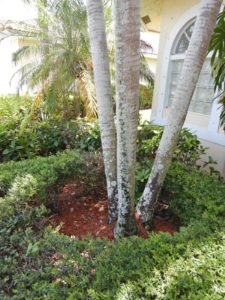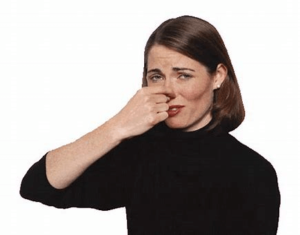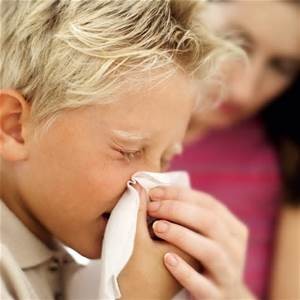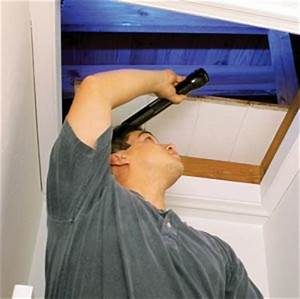Are You Dealing with Mold in The Home?
The only thing separating the wood in our homes from mold-induced decay is a lack of moisture. Once moisture touches wood mold takes over and decay starts. Once moisture touches any man-made derivatives of wood, mold starts to grow. Now you have mold in the home. The most common man-made derivative of wood is lumber. Some others are paper, cardboard, drywall encasement paper, cellulose insulation, Masonite, Orientated Strand Board, and particle board. When most building materials become wet fungal invaders immediately start to attack the moist wood products with enzymes. Mold breaks the wood down and absorbs it. All this nutrition and energy utilization makes it possible for the organism that started as a single-celled spore to grow and release thousands or even millions of new spores.
Mold In the Outdoors
In the great outdoors mold plays a vital part in the environment. Mold is one of the very few things in nature that can digest wood. If it were not for mold the entire earth would likely be miles deep in dead trees. Few other organisms in the natural world are capable of consuming wood. So, the mold colonies in our water damaged homes go unchallenged. They break down, absorb, and assimilate the otherwise undigestible organic compounds in wood.
Mold And Odors
When mold in the home is growing, it releases waste products called mVOC’s. MVOC’s also known as Microbial volatile organic compounds cause allergy and asthma type problems in humans.
These chemicals are more commonly known as mold odors or musty odors.
Thus, when your home’s air is contaminated with these fungal waste products your air quality goes down and your house smells moldy. I have seen many times how these compounds seem to have a direct correlation to health complaints more so than spores. If mold and the spores it releases are trapped inside a wall people still have respiratory health problems if the odors or microbial volatile organic compounds are escaping into the air.
When we have mold growing in our house humans and even pets tend to have a negative reaction. Allergens in the spores, and microbial volatile organic compound type waste products cause health problems.
Mold And Your Health
To make matters worse these mold growths produce tiny fungal particles, Beta-Glucans, and toxins. In addition, dust mites are also often associated with wet fungal environments. We end up living in an invisible, unhealthy, stew of particles and compounds. We cough, we sneeze, we may even have asthma attacks, and in some cases other reactions may occur.
Mold In Your Home and Mold Inspections
When mold grows in your home the best option is to call a mold inspector. Your inspector can locate the problem, ascertain the extent of spread, and diagnose the cause. If no inspection is done, then the root cause of the problem may not be fully understood and addressed. If the root cause is not fully understood and addressed, the problem will likely re-occur after it is removed.
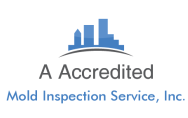 Mr. Watters of A Accredited Mold Inspection Service, Inc Has a bachelor’s degree in Education for Teaching Biology and General Science. He started conducting home inspection in 1994 and mold inspections in South Florida back in 2003.
Mr. Watters of A Accredited Mold Inspection Service, Inc Has a bachelor’s degree in Education for Teaching Biology and General Science. He started conducting home inspection in 1994 and mold inspections in South Florida back in 2003.
If you need help with mold, moisture, or allergen problems in the home call us.
1-888-381-6651


